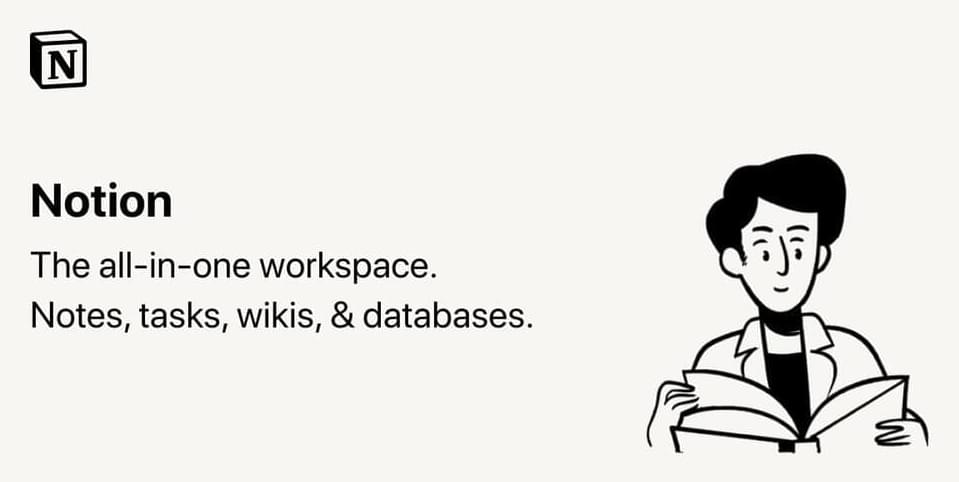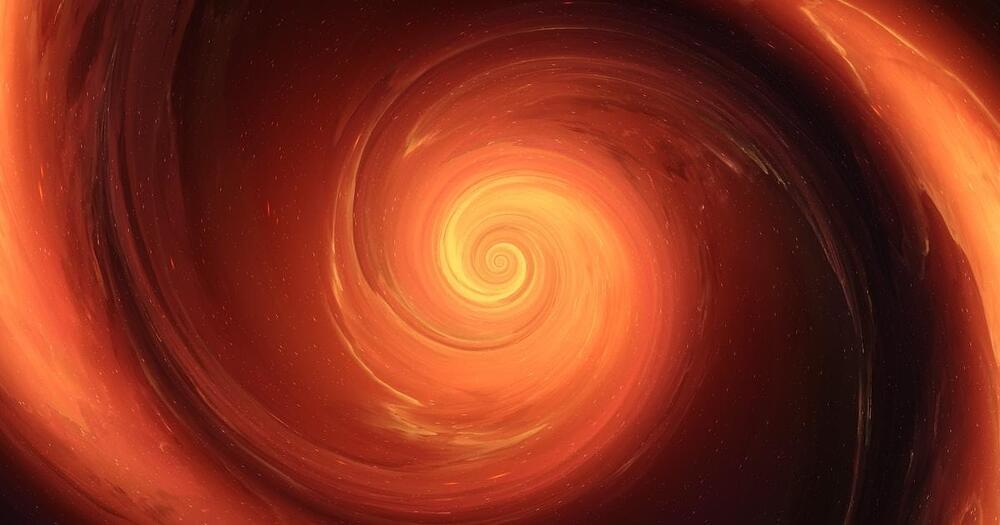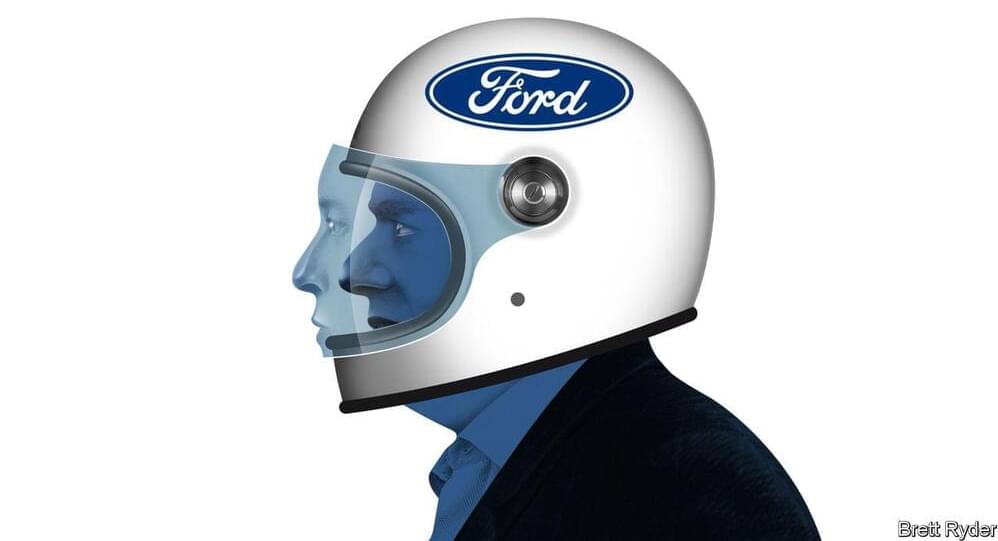A new tool that blends your everyday work apps into one. It’s the all-in-one workspace for you and your team.
The concept of a mirror universe has often been studied in theoretical cosmology, and as a new study shows, it might help us solve problems with the cosmological constant.
The Drone Jar creates sound using three square-wave oscillators which modulate against each other to create dynamic tones. These oscillators alone already open up a wealth of sonic possibilities, but combined with the exciting control method, the Drone Jar becomes an inspiring and exploratory way to create music.
Though the Drone Jar is best suited to dark environments where light can be directed at the inputs, it also creates neat results outside in the sun. Check out the video demonstration, which uses a flashing bike light, to hear the endless potential of this little device!
Tesla has added a discount to the new inventory of Model S and Model X vehicles and three years of free Supercharging for deliveries by the end of the quarter.
With the end of the quarter approaching, Tesla is looking to deliver better-looking financial results by not ending it with many vehicles in inventory.
To achieve this, Tesla has regularly applied special discounts or incentives to take delivery of new inventory vehicles by the end of the quarter.
Cuneiform is the oldest known form of writing, but it is so difficult to read that only a few hundred experts around the world can decode the clay tablets filled with wedge-shaped symbols. Now, a team of archaeologists and computer scientists from Israel has created an AI-powered translation program for ancient Akkadian cuneiform, allowing tens of thousands of already digitized tablets to be translated into English instantaneously.
Globally, libraries, museums, and universities have more than half a million clay tablets inscribed with cuneiform. But the sheer number of texts, and the tiny number of Akkadian readers — a language no one has spoken or written for 2,000 years — means just a small fraction of these tablets have been translated.
A new Google Translate-type program may allow armchair archaeologists to try their hand at cuneiform interpretation.
The graphics specialist has another cool technology to maintain its massive lead in this important market.
ALBUQUERQUE, N.M. — A team at Sandia National Laboratories is developing materials to tackle what has become one of the biggest problems in the world: human exposure to a group of chemicals known as PFAS through contaminated water and other products. Sandia is now investing more money to take their research to the next level.
“It’s in the news constantly. It seems every day we hear of another product that is contaminated. We saw sparkling water with PFAS, toilet paper with PFAS, so it’s not just a groundwater problem; it’s popping up everywhere,” said Andrew Knight, a chemist at Sandia who has a passion for solving PFAS contamination. “It has become clear to the world it is a growing problem. It is a national security issue of a large scale.”
PFAS, an abbreviation for perfluoroalkyl and polyfluoroalkyl substances, are a group of chemicals used to make fluoropolymer products that resist heat, oil, stains and water. They are also known as “forever chemicals” because they do not break down in the environment but can move through soil and water and build up in wildlife and humans.
A new effort to detect extraterrestrial life will listen for radio pulses coming from the galactic nucleus. Pulsars, which are stars that naturally emit narrow-frequency pulses, are also intentionally used by humans in technology like radar.
These pulses are a useful means of communication over great distances and a desirable target to listen for when looking for extraterrestrial civilisations because they stand out against the ambient radio noise of space.
A recent study that was released on May 30 in The Astronomical Journal by researchers described their approach to looking for alien life.
Frequent flyers rejoice, as a team of Swiss researchers have crafted a foldable flat robot, capable of rotating itself into nearly any shape one can imagine, fitting easily under any airplane seat or overhead cabin. The robot, whose design was inspired by the decorative flair of Japanese origami, is able to pack itself completely flat like a piece of Ikea furniture, according to a recent write-up in Futurism. With other recent developments in science and robotics leading to incredible advancements, such as liquid robots that can phase through metal bars like a T-1000, as well as a host of robotic enhancements courtesy of Boston Dynamics, many people are beginning to fear that science has gone too far.









